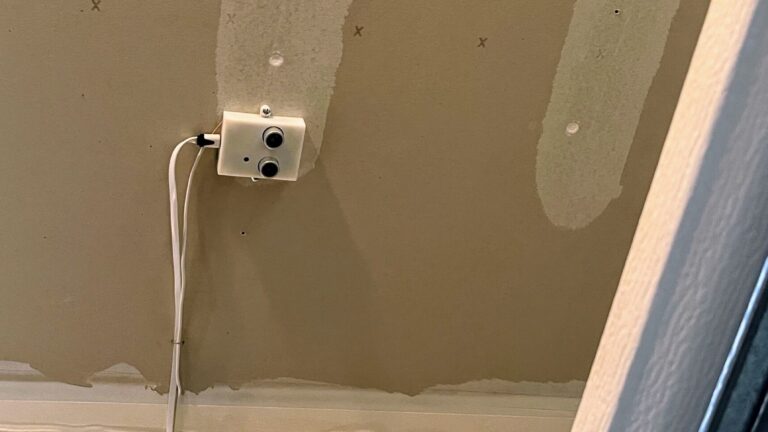Introduction
Check out our review of Aperture 2.0
Aperture
Developer: Apple (product page)
Price: US$499 (shop for this item)
Apple has cojones. Let's not pretend otherwise. Jumping headfirst into the fully mature digital imaging market requires the shameless bravado of a one-legged man at a butt-kicking contest or any number of contestants on So You Think You Can Dance? What's at risk is not only cold, hard cash, but more importantly, their reputation as a software innovator. With Aperture, Apple is clearly hoping to have the same success it has had with Final Cut Pro. Plus, becoming a household name in imaging can't hurt the bottom line for hardware sales.
Aperture hopes to do this by edging its way into the workflows of professional digital photographers by being basically an iPhoto Pro. Leveraging Core Image, a very powerful and very fast way to use modern 3-D cards for near-realtime processing of images, and as someone that's played around extensively with the Core Image Fun House when Tiger came out, there's no denying that Core Image is fast:
Three sophisticated filters interacting with realtime feedback.
Click to animate
Apple also wants to instill the idea that Macs are for professional imaging and if you don't use one then you're missing out on all the gooey goodness and your Powerbook-toting friends should rightfully laugh at you.
But that's only half of the problem. They still have to make a program that will meet the demands of people who aren't willing to trade quality for speed. Aperture touts fidelity and nondestructive editing as its main selling points, so it's clear Apple understands the professional buzzwords but does it do enough to warrant a US$500 complement to Photoshop? Well, I'm assuming that's why you're here. Without further ado, let's see if Apple can dance.
Test hardware
- Dual G5 2.0
- Nvidia 6800 Ultra 256 MB
- 4.5 GB RAM
- OS X 10.4.3
- Lacie Electron Blue 22 monitor with Blue Eye calibrator

